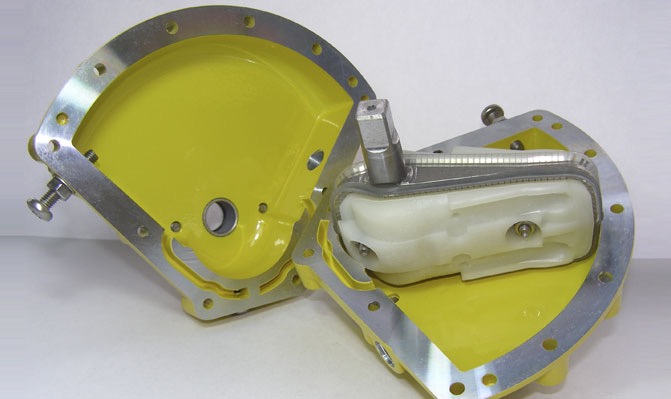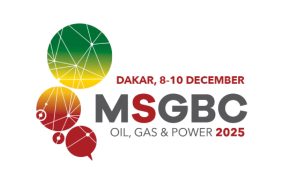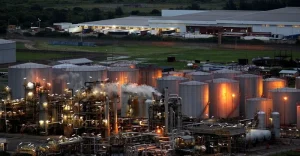Valves are the unsung heroes of water treatment plants. They control flow, regulate pressure, and ensure clean water reaches millions of people every day. But when an actuator fails? Operations grind to a halt.
A water treatment plant in the USA faced this very problem. Two 10-inch Pratt butterfly valves with cylinder actuators were failing, leaking air, unreliable and even freezing in winter.
Their solution was placing a heater next to them to stop the cylinders from sticking. That’s not just inconvenient; it’s inefficient, impractical and a problem that they should not have been facing.
What was the solution? Kinetrol’s Model 14 Double Acting Actuator a true titan for water treatment valve automation. With manual gear overrides, AP positioners, ULS limit switches, and point-of-use filters, their package is not susceptible to freezing or any other flaws of cylinder actuators. This ensures seamless operation in harsh conditions.
This article will explore:
- Common valve actuator failures in water treatment plants
- How the right actuator enhances reliability and efficiency
- Why Kinetrol actuators outperform traditional cylinder actuators
If you’re tired of unreliable actuators disrupting your water treatment plant, keep reading. We’re diving deep into how the right actuator can eliminate costly downtime and improve system performance.
The Importance of a Reliable Actuator for Water Treatment Plant Valves
Water treatment plants operate under strict regulatory and operational demands. The reliability of every component, especially actuator. Their performance plays a vital role in preventing system failures, maintaining water quality, reducing downtime, and minimising costly maintenance.
Common Issues with Traditional Cylinder Actuators
Many treatment plants rely on pneumatic cylinder actuators to operate butterfly and gate valves. While these actuators can work well under ideal conditions, they frequently suffer from:
- High Air Consumption – Wasting energy and reducing efficiency
- Freezing issues in winter – Causing valve stickiness and failure
- Inconsistent performance – Leading to unreliable flow control
- Higher maintenance requirements – Increasing operational costs
How Kinetrol Actuators Solve These Problems
Kinetrol actuators are designed for robust, long-lasting performance with minimal maintenance. Unlike cylinder actuators, Kinetrol’s Model 14 Double Acting Actuator provides:
- Lower Air Consumption – Less air used per stroke
- Freeze-resistant design – Eliminating cold-weather failures
- Reliable torque output – Ensuring consistent valve operation
- Durable, corrosion-resistant construction – Built to last in Water Process Plant environments
Upgrading a Water Treatment Plant with Kinetrol Actuators
A Western U.S. water treatment facility was struggling with failing cylinder actuators on its 10-inch Pratt butterfly valves. The existing actuators were unreliable, leaked air, and required manual heating in winter to keep them from freezing.
The Solution: Kinetrol Model 14 Double Acting Actuator
Kinetrol USA supplied a complete unit for a full upgrade featuring:
- Kinetrol Model 14 actuators– High-performance rotary actuators for precise valve control
- Manual gear overrides– Ensuring operation during power failures
- AP positioners with I/P– Providing accurate position control
- ULS limit switches– Enhancing operational safety and feedback
- Angle retransmit – Allowing remote monitoring of valve positions
- Point-of-use filters – Keeping air supply clean and free of contaminants
The result? No more frozen valves; no more costly downtime.
The plant now operates more efficiently, with reduced maintenance costs and improved system reliability.
Zjaan Haarhoff / Andre Anker
Rotatech
www.rotatech.co.za
LinkedIn: www.linkedin.com/company/rotatech-sa/







